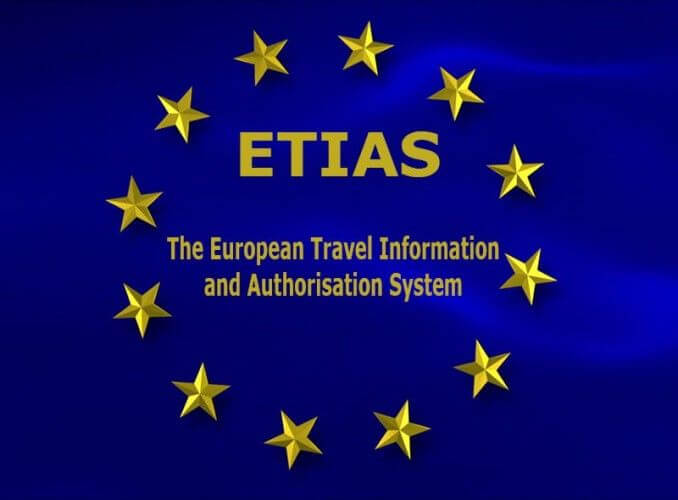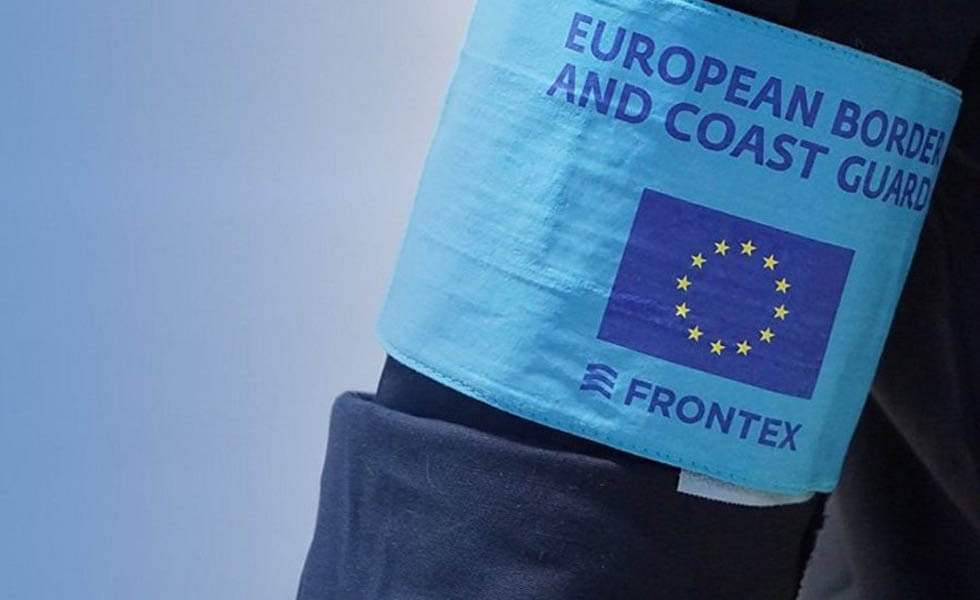SCHENGEN COUNTRIES
VISA INFORMATION FOR THE SCHENGEN AREA
This website is not associated with or owned by the EU. The European Union’s official website is europa.eu.
Five European nations signed the Schengen Agreement for the abolition of internal borders in 1958 in the little hamlet of Schengen, Luxembourg. Belgium, France, Germany, Luxembourg, and the Netherlands were the first to establish what is now known as the Schengen zone.
The Schengen nation list currently includes 26 Schengen member countries. Most are also members of the EU (European Union), while four are members of EFTA (European Free Trade Association). This article contains valuable information on the Schengen area, such as:
- What is the Schengen area and what are its principles
- Details of the member countries
- Visa regulations for Schengen countries
HOW MANY COUNTRIES ARE SCHENGEN?
There are now 26 Schengen member nations. The majority are also members of the EU (European Union), but some are not.
Some EU countries, such as Ireland, choose not to participate in the Schengen accord, but others aim to do so in the future. Bulgaria, Croatia, Cyprus, and Romania are all working to join the Schengen Area.
The number of Schengen nations is expected to grow in the future years.
THE SCHENGEN ZONE AND VISA-FREE MOVEMENT
The Schengen region was created on the premise of European freedom of movement. This is intended primarily to provide freedom for Schengen citizens, but it is also intended to stimulate trade and collaboration within the area. At the core of the Schengen zone is the movement of talent, products, and ideas, as well as the concept of a common sense of community of values across the territory.
As additional nations joined up to join, more European residents began to enjoy the following benefits:
- Soft internal borders meaning no border checks between Schengen countries unless exceptional security reasons apply
- International cooperation to enforce external border protection between Schengen and non-Schengen states
- Freedom of movement for EU and non-EU citizens holding a valid travel permit for Europe within the Schengen area
Iceland, Norway, Switzerland, and Lichtenstein are the Schengen nations that are not also members of the EU. These four countries constitute a distinct bloc known as EFTA.
The Schengen zone currently covers 4,312,099 square kilometres and is home to about 420 million people.
THE SCHENGEN VISA COUNTRIES: A LIST
At the moment, the Schengen Area consists of 26 nations. To visit them, non-European people from non-visa-waiver nations must get a Schengen visa. All of these countries are European, however not all of them are members of the EU:
Currently, there are 22 European Union countries that form part of the Schengen Area:
- EU Schengen
- Non-EU Schengen States
- Non-Schengen EU States
Non-EU Member States:
Micro-States de facto part of Schengen Area:
Non-Schengen EU States
HOW DO COUNTRIES JOIN THE SCHENGEN AREA?
Countries in Europe must apply to join the Schengen Area. To be accepted, they must satisfy specific requirements, including the following:
- Implement the “Schengen Acquis” — the Area’s rules for border control, visas, police cooperation, and personal data protection
- Agree to take responsibility for external border control on behalf of all other Schengen member states
- Issue uniform Schengen visas
- Cooperate with law enforcement agencies in all other member states
Before becoming accepted, applicants must pass a “Schengen assessment.”
Any nation that joins the EU must also apply the Schengen regulations, or “acquis,” and will be admitted to the Area provided the requirements are met.
There are four EU member states that are not now members of the Schengen Area but are required to join once they satisfy the criteria. Bulgaria, Croatia, Cyprus, and Romania are among them. Only the Republic of Ireland has the option to opt out.
WHAT COUNTRIES NEED A VISA FOR THE SCHENGEN AREA?
External Schengen borders, as previously stated, are considered hard borders. This implies that tourists will have to go through document checks to enter Schengen territory, and many third-country nationals (i.e., non-EU or Schengen residents) would need a valid visa to enter the area.
Countries with visa-free status are exempt from obtaining a Schengen travel authorization. However, beginning in late 2023, they will be required to get an ETIAS visa waiver before travelling to Europe.
CAN I ENTER ANY SCHENGEN COUNTRY WITH A SCHENGEN VISA?
Yes. Any Schengen member state can issue a Schengen visa. A Schengen visa holder will have the same freedom of travel throughout the Schengen area as a Schengen citizen, providing their visa is valid and they meet any relevant visa or ETIAS (Europe Travel Information and Authorization System) conditions.
A Schengen visa holder can cross all internal Schengen borders without having to go through document checks, unless specific security conditions occur. A member nation may also temporarily reopen internal borders (for no more than 30 days) in the event of a major security concern.
Remember that Schengen visas only apply to EU nations that have become Schengen member states. In the case of the United Kingdom, a Schengen visa does not permit admission into its territory because the country is no longer an EU member or a Schengen nation.
San Marino, Monaco, and the Vatican are not members, but enjoy open borders with the Schengen region due to their location and political arrangements. Visitors with a valid Schengen visa or ETIAS visa waiver will be permitted to visit these countries.

TRAVELLERS HOLDING A PASSPORT ISSUED BY ONE OF THE FOLLOWING COUNTRIES NEED A SCHENGEN VISA:
- Afghanistan
- Algeria
- Angola
- Armenia
- Azerbaijan
- Bahrain
- Bangladesh
- Belarus
- Belize
- Benin
- Bhutan
- Bolivia
- Botswana
- Burkina Faso
- Myanmar (Burma)
- Burundi
- Cambodia
- Cameroon
- Cape Verde
- Central African Republic
- Chad
- China
- Comoros
- Congo
- Cote D’ivoire
- Cuba
- Democratic Republic Of Congo
- Djibouti
- Dominican Republic
- Ecuador
- Egypt
- Equatorial Guinea
- Eritrea
- Ethiopia
- Fiji
- Gabon
- Gambia
- Ghana
- Guinea
- Guinea-Bissau
- Guyana
- Haiti
- India
- Indonesia
- Iran
- Iraq
- Jamaica
- Jordan
- Kazakhstan
- Kenya
- Kuwait
- Kyrgyzstan
- Laos
- Lebanon
- Lesotho
- Liberia
- Libya
- Madagascar
- Malawi
- Maldives
- Mali
- Mauritania
- Mongolia
- Morocco
- Mozambique
- Namibia
- Nauru
- Nepal
- Niger
- Nigeria
- North Korea
- Oman
- Pakistan
- Papua New Guinea
- Philippines
- Qatar
- Russia
- Rwanda
- Sao Tome And Principe
- Saudi Arabia
- Senegal
- Sierra Leone
- Somalia
- South Africa
- South Sudan
- Sri Lanka
- Sudan
- Suriname
- Swaziland
- Syria
- Tajikistan
- Tanzania
- Thailand
- Togo
- Tunisia
- Turkey
- Turkmenistan
- Uganda
- Uzbekistan
- Vietnam
- Yemen
- Zambia
- Zimbabwe
WHICH IS THE EASIEST COUNTRY TO GET A SCHENGEN VISA FOR?
You should have no trouble acquiring a travel permit if you are from an eligible country and fulfil the Schengen visa requirements. Some Schengen visa nations, however, may be easier or faster to get a permission from.
Many variables might influence this. Countries such as France and Germany, for example, are popular with visitors and receive a significant amount of visa applications. Processing them all may result in lengthier review periods than in less popular locations.
Lithuania is regarded to having the greatest percentage of acceptance. In 2018, 98.7% of Lithuanian Schengen visa applications were accepted. Estonia, Finland, and Iceland are among nations with high acceptance rates.
SCHENGEN COUNTRIES NEWS
ETIAS One Step Closer to Its Functionalization
Your Content Goes Here The European Union institutions are working on the European Travel [...]
Cracking Down on Fake News: ETIAS Travel Authorization for EU Does Not Become Mandatory on January 1, 2023
Your Content Goes Here As the deadline for the European Travel Information and Authorization [...]
Frontex Intensively Working on ETIAS Central Unit – Calls It a “Revolution in Travel”
Your Content Goes Here The workforce working in the central unit of the European [...]



